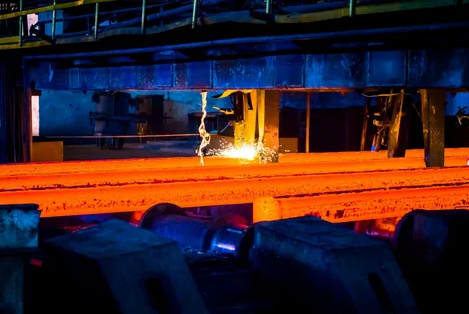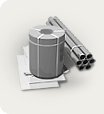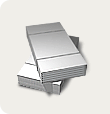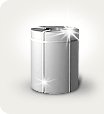By 2050, carbon emissions from the steel industry are expected to drop by 30% from 2021 levels, according to a new report from Wood Mackenzie, a division of Verisk (Nasdaq:VRSK).
The steel industry is a challenging industry for decarburization. However, evolving green steel targets are changing the supply landscape and steelmakers are under pressure from stakeholders to rely less on the traditional (highly polluting) blast furnace route and move towards low emission alternatives.
Malan Wu, director of research at Wood Mackenzie, said: “The global share of electric arc furnaces (EAFs) in steelmaking is on the rise due to policy changes and increased focus on scrap metal. Converter converter performance will decline by 0.5% annually until 2050, while EAF performance may increase by 2.3% per year over the same period. By 2050, EAF will account for 48% of the technology used in steel production, up from 30% last year, making it nearly equal to the traditional BOF method.
“Together with the use of green hydrogen direct reduced iron (DRI), the use of scrap metal, and the introduction of carbon capture, recovery and storage (CCUS), carbon emissions from the steel industry could be reduced by 30% from current levels by mid-century.”
Developed economies such as Japan, Korea, Taiwan, the EU, the UK and the US will need to do more to limit emissions as developing countries will be slow to implement and make little contribution to reducing emissions. These countries will cut emissions by almost 50% from current levels while maintaining or increasing steel production.
India and Southeast Asia, in turn, will worsen their emission profile as their crude steel production increases along the BF-BOF route. The combined emission intensity of these regions will improve as production triples and carbon emissions in turn double from current levels. Decarbonization initiatives in these regions will intensify in the second half of the forecast horizon.
Wu said: “Mature economies will be held accountable for rapid decarbonisation. These countries will seek to reduce emissions by switching to an electric arc furnace, which has three-quarters less emissions than a blast furnace. India and Southeast Asia, the main drivers of demand, will resist this trend as most of the additional capacity comes from the BF-BOF route. However, almost two-thirds of the additional supplies between 2021 and 2050 will come from India and Southeast Asia, which will mitigate the negative impact on pig iron.”
Emissions from the steel industry will be reduced by 30% by 2050

|
|
Azovpromstal® 19 May 2022 г. 13:11 |





